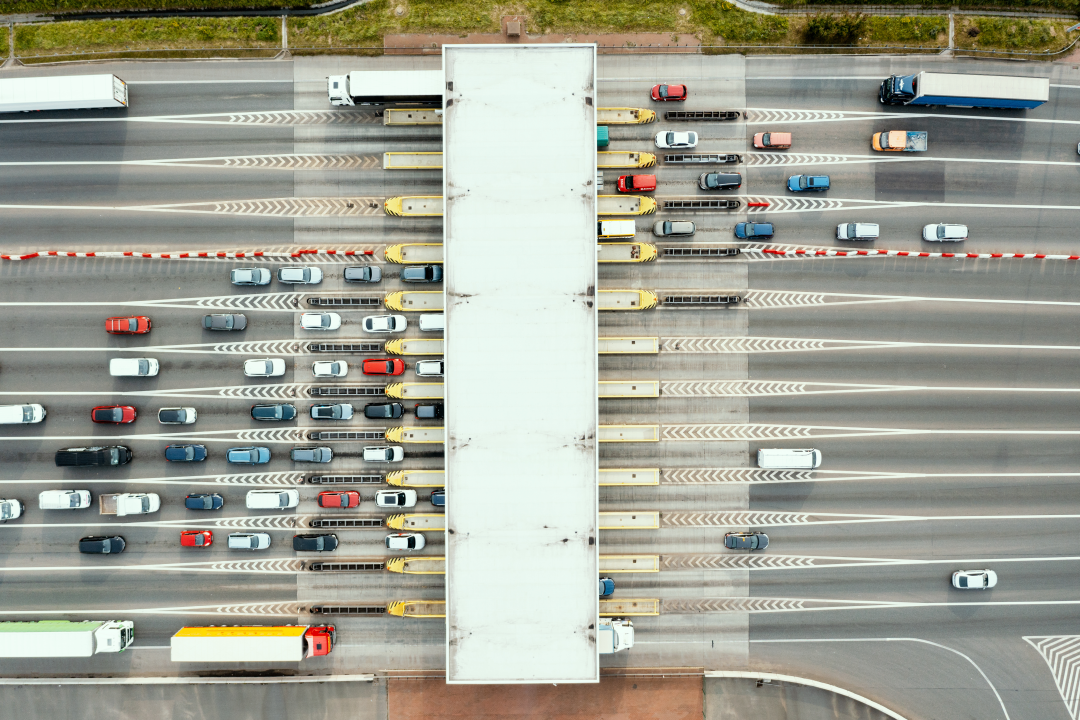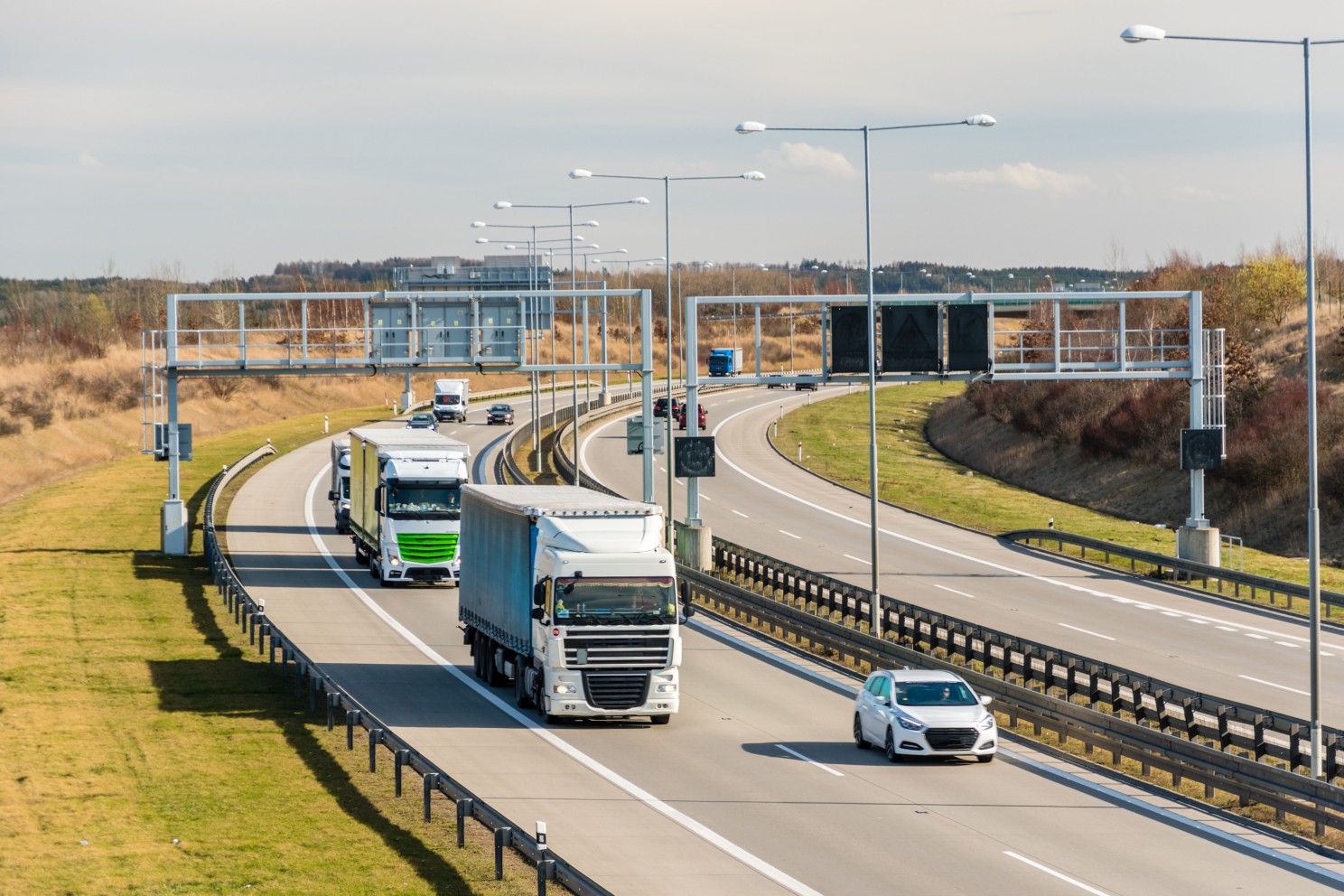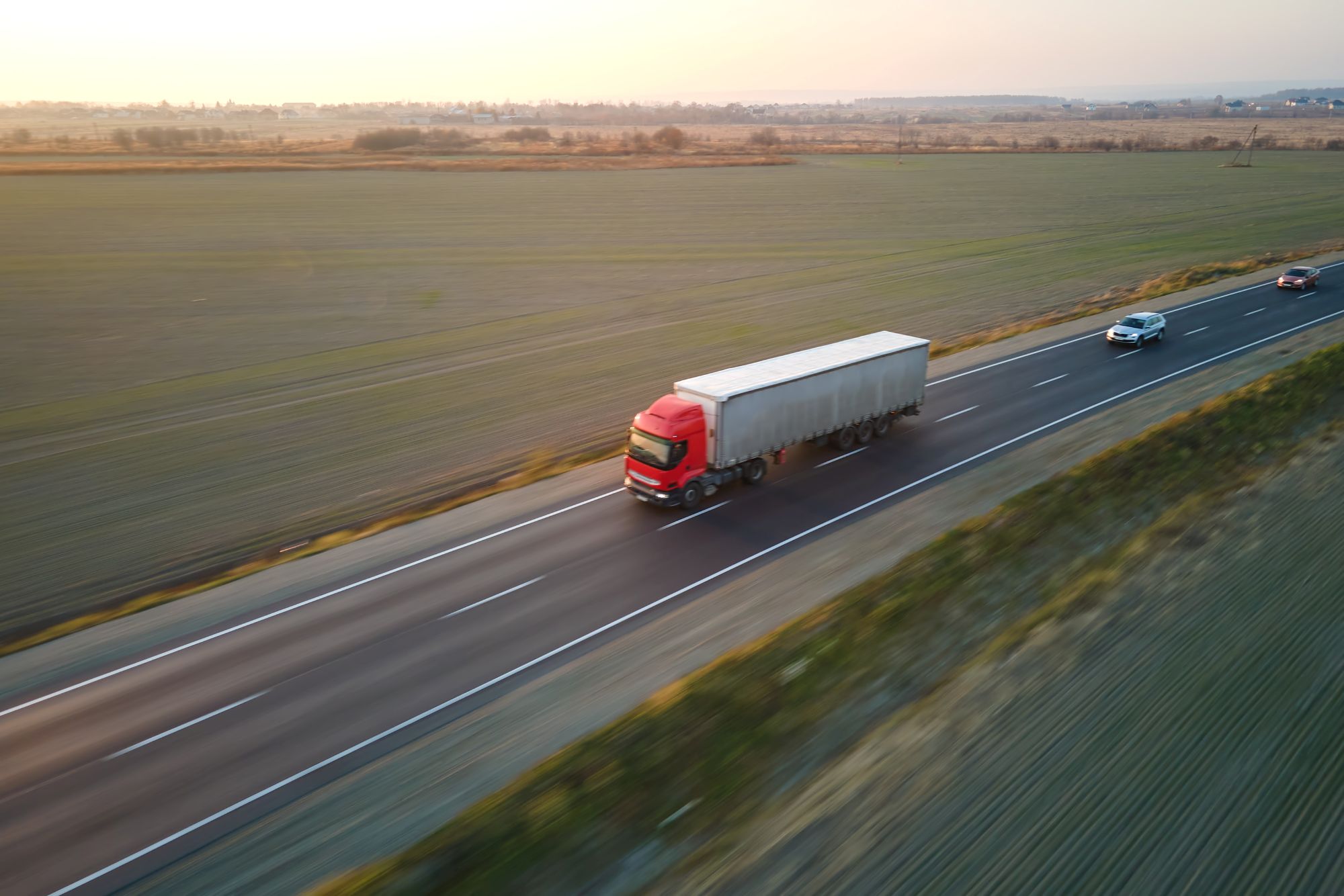
Susie Jones
Forstå de nye vejafgifter for lastbiler i Tyskland
Oprettet: 12.08.2024
•
Opdateret: 12.08.2024
Med de løbende ændringer af Tysklands vejafgiftssystem for lastbiler er det let at fare vild i de mange ændringer og regler. Næsten [83 %] (https://impargo.de/en/blog/germany-toll-collect-hgv-3.5t-2024) af de lokale lastbilkørsler, der dækker ca. 200 kilometer, foregår allerede på betalingsveje - hvilket understreger, hvor stor indflydelse de tyske vejafgifter har på flådens udgifter.
Med stigningen i vejafgifterne rammer disse nye ændringer flådevirksomhederne hårdt. Ændringer af vejafgifterne i 2023 og 2024 skyldes, at den tyske regering støtter The Toll Amendment Act, som vedtager følgende:
Nye vejafgiftssatser
Indførelse af afgifter på CO2-udledning
Fjernelse af afgiftsfritagelse for naturgaskøretøjer
Udvidelse af vejafgiften til køretøjer med en tilladt totalvægt på over 3,5 ton.
1. januar 2023 ændringer
Bompengesatserne steg i begyndelsen af 2023. Tre faktorer var afgørende:
Antal aksler
Emissionsklasse
Køretøjskombinationens tilladte totalvægt.
1. december 2023 ændringer
I december blev der indført CO2-emissionsklasser som et nyt takstkriterium. Beregnet på et tillæg på 200 euro pr. ton CO2-udledning - dette opkræves på alle køretøjer med en tilladt totalvægt på over 7,5 ton. Individuelle tillægsbeløb ud over den nuværende afgift afhænger af emissionsklassen.
Klasse 1 - Lastbiler med den højeste CO2-udledning og dermed den højest mulige afgift. [TollCollect] (https://www.toll-collect.de/en/tollcollect/tchomepage.html), som opkræver vejafgifter for lastbiler i Tyskland, klassificerer alle registrerede køretøjer i denne emissionsklasse - flådeoperatører skal kontakte dem for at ansøge om en bedre klassificering, hvis de er berettigede til det.
Klasse 2 og 3 - Begge klasser tildeles, når du indtaster køretøjsoplysninger i TollCollect-portalen.
Klasse 4 - Lastbiler med lav udledning, f.eks. naturgasbiler.
Klasse 5 - Lastbiler med nul-emission.
1. januar 2024 ændringer
Den 1. januar 2024 ophørte afgiftsfritagelsen for køretøjer, der kører på naturgas.
1. juli 2024 ændringer
Alle køretøjer med en teknisk tilladt totalvægt på mere end 3,5 tons skal betale vejafgift. Der er nogle få undtagelser fra denne nye ændring:
Emissionsfrie køretøjer med en teknisk tilladt totalvægt på mere end 4,25 ton.
Emissionsfrie tunge erhvervskøretøjer - Denne undtagelse gælder indtil slutningen af december 2025.
Køretøjer, der anvendes af handelsvirksomheder - Gælder for køretøjer med en samlet vægt på under 7,5 ton.

Gør din flåde klar til ændringerne i juli
Inden den 1. juli skal du undersøge, om dine køretøjer er underlagt vejafgift, og hvis de er, hvordan du vil betale vejafgiften.
Tjek dine køretøjer
Tjek første del af køretøjets registreringsattest i felt F1. Hvis dit køretøj har en teknisk tilladt totalvægt (TPMLM) på mere end 3,5 ton, skal du betale vejafgift. Lastbiler med en TPMLM på præcis 3,5 ton eller mindre skal ikke betale vejafgift.
Køretøjskombinationer - hvis det trækkende køretøj har en TPMLM på over 3,5 tons, skal du betale vejafgift. En kombination med en TPMLM på over 3,5 ton er ikke underlagt vejafgifter, hvis det trækkende køretøj har en TPMLM på 3,5 ton eller derunder.
Kravene til vejafgifter gælder for køretøjer, der er beregnet til eller anvendes til vejtransport.
Handelsvirksomheder er fritaget for vejafgifter under visse betingelser.
Sådan betaler du vejafgiften
Den mest praktiske måde at betale på er med en OBU (onboard unit) - leveret af Toll Collect, EETS (European Electronic Toll Service)-udbydere eller deres salgspartnere.
Betaling med en OBU kræver registrering hos Toll Collect og en aftale om installation - efter installationen skal vægten indstilles til "<7,5 tons". Med en OBU vil den automatiske opkrævning ske på motorveje og statsveje fra den 1. juli 2024.
Alternativt kan du betale vejafgiften på Toll Collects [hjemmeside] (https://www.toll-collect.de/en/tollcollect/tchomepage.html) eller via deres [app] (https://apps.apple.com/gb/app/toll-collect-mauteinbuchung/id1321965602), før du starter din rejse.
Er mit erhvervskøretøj fritaget for de nye tyske vejafgifter?
For at være berettiget til håndværkerfritagelse gælder følgende:
Kun ansatte i handelsvirksomheden må køre bilen.
De materialer, det udstyr eller de maskiner, der transporteres, skal være nødvendige for at udføre de tjenester og det arbejde, der udføres i handelsvirksomheden.
De håndlavede varer, der transporteres, skal være produceret, forarbejdet eller repareret i håndværkerens virksomhed.
Du kan registrere dine erhvervskøretøjer online på Toll Collect. Handelsvirksomheder kan finde flere oplysninger om undtagelserne på Toll Collects side FAQ.
Må lastbiler køre i Tyskland om søndagen?
Der er forbud mod kørsel med kommercielle lastbiler på bestemte tidspunkter for at reducere trafikken og holde vejene sikre. Forbuddet gælder om søndagen, hvilket betyder, at lastbilchauffører med en lastbil, der vejer over 7,5 ton, ikke må flytte den fra kl. 12.00 til 22.00. Derudover er der også kørselsforbud på følgende helligdage:
Nytårsdag - 1. januar
Langfredag - 18. april
Påskedag - 21. april
Arbejdets dag - 1. maj
Kristi himmelfartsdag - 29. maj
Pinse - 8. juni
Den tyske genforeningsdag - 3. oktober
Jul og Boxing Day - 25. og 26. december
I hovedferieperioden, fra 1. juli til 31. august, gælder forbuddet mod lastbilkørsel om lørdagen, hvilket betyder, at lastbilchauffører ikke må køre mellem kl. 7 og 20, når der er mange køretøjer på vejene.



